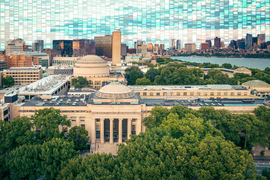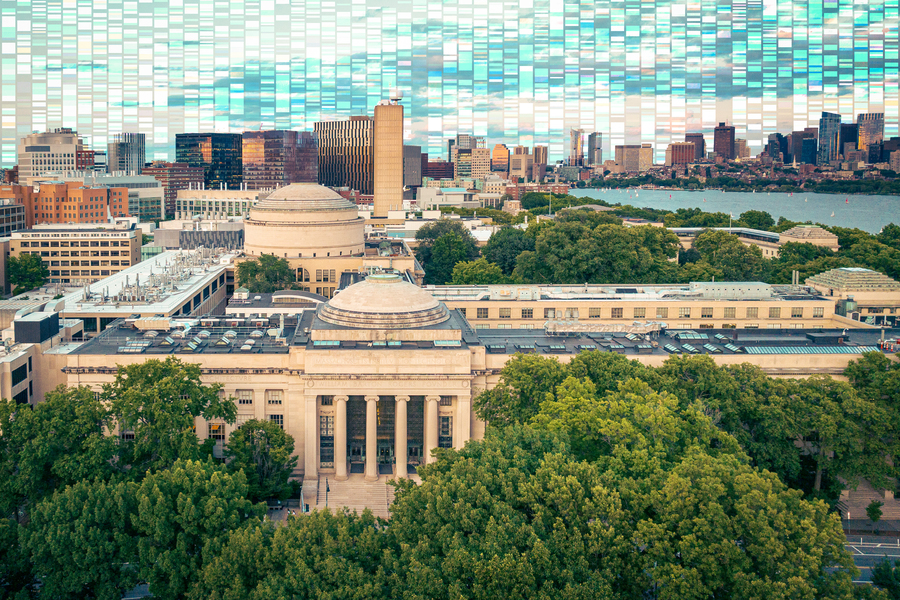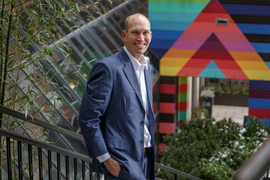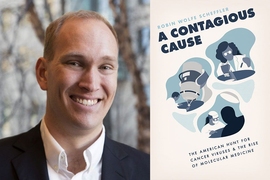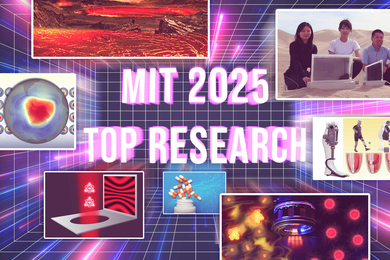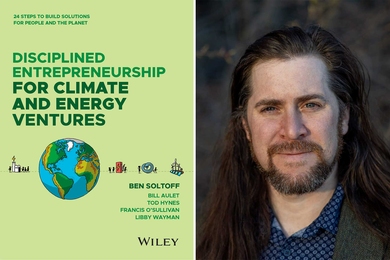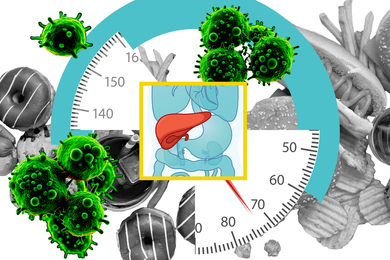It’s considered a scientific landmark: A 1975 meeting at the Asilomar Conference Center in Pacific Grove, California, shaped a new safety regime for recombinant DNA, ensuring that researchers would apply caution to gene splicing. Those ideas have been so useful that in the decades since, when new topics in scientific safety arise, there are still calls for Asilomar-type conferences to craft good ground rules.
There’s something missing from this narrative, though: It took more than the Asilomar conference to set today’s standards. The Asilomar concepts were created with academic research in mind — but the biotechnology industry also makes products, and standards for that were formulated after Asilomar.
“The Asilomar meeting and Asilomar principles did not settle the question of the safety of genetic engineering,” says MIT scholar Robin Scheffler, author of a newly published research paper on the subject.
Instead, as Scheffler documents in the paper, Asilomar helped generate further debate, but those industry principles were set down later in the 1970s — first in Cambridge, Massachusetts, where politicians and concerned citizens wanted local biotech firms to be good neighbors. In response, the city passed safety laws for the emerging industry. And rather than heading off to places with zero regulations, local firms — including a fledgling Biogen — stayed put. Over the decades, the Boston area became the world leader in biotech.
Why stay? In essence, regulations gave biotech firms the certainty they needed to grow — and build. Lenders and real-estate developers needed signals that long-term investment in labs and facilities made sense. Generally, as Scheffler notes, even though “the idea that regulations can be anchoring for business does not have a lot of pull” in economic theory, in this case, regulations did matter.
“The trajectory of the industry in Cambridge, including biotechnology companies deciding to accommodate regulation, is remarkable,” says Scheffler. “It’s hard to imagine the American biotechnology industry without this dense cluster in Boston and Cambridge. These things that happened on a very local scale had huge echoes.”
Scheffler’s article, “Asilomar Goes Underground: The Long Legacy of Recombinant DNA Hazard Debates for the Greater Boston Area Biotechnology Industry,” appears in the latest issue of the Journal of the History of Biology. Scheffler is an associate professor in MIT’s Program in Science, Technology, and Society.
Business: Banking on certainty
To be clear, the Asilomar conference of 1975 did produce real results. Asilomar led to a system that helped evaluate projects’ potential risk and determine appropriate safety measures. The U.S. federal government subsequently adopted Asilomar-like principles for research it funded.
But in 1976, debate over the subject arose again in Cambridge, especially following a cover story in a local newspaper, the Boston Phoenix. Residents became concerned that recombinant DNA projects would lead to, hypothetically, new microorganisms that could damage public health.
“Scientists had not considered urban public health,” Scheffler says. “The Cambridge recombinant DNA debate in the 1970s made it a matter of what your neighbors think.”
After several months of hearings, research, and public debate (sometimes involving MIT faculty) stretching into early 1977, Cambridge adopted a somewhat stricter framework than the federal government had proposed for the handling of materials used in recombinant DNA work.
“Asilomar took on a new life in local regulations,” says Scheffler, whose research included government archives, news accounts, industry records, and more.
But a funny thing happened after Cambridge passed its recombinant DNA rules: The nascent biotech industry took root, and other area towns passed their own versions of the Cambridge rules.
“Not only did cities create more safety regulations,” Scheffler observes, “but the people asking for them switched from being left-wing activists or populist mayors to the Massachusetts Biotechnology Council and real estate development concerns.”
Indeed, he adds, “What’s interesting is how quickly safety concerns about recombinant DNA evaporated. Many people against recombinant DNA came to change their thinking.” And while some local residents continued to express concerns about the environmental impact of labs, “those are questions people ask when they no longer worry about the safety of the core work itself.”
Unlike federal regulations, these local laws applied to not only lab research but also products, and as such they let firms know they could work in a stable business environment with regulatory certainty. That mattered financially, and in a specific way: It helped companies build the buildings they needed to produce the products they had invented.
“The venture capital cycle for biotechnology companies was very focused on the research and exciting intellectual ideas, but then you have the bricks and mortar,” Scheffler says, referring to biotech production facilities. “The bricks and mortar is actually the harder problem for a lot of startup biotechnology companies.”
After all, he notes, “Venture capital will throw money after big discoveries, but a banker issuing a construction loan has very different priorities and is much more sensitive to things like factory permits and access to sewers 10 years from now. That’s why all these towns around Massachusetts passed regulations, as a way of assuring that.”
To grow globally, act locally
Of course, one additional reason biotech firms decided to land in the Boston area was the intellectual capital: With so many local universities, there was a lot of industry talent in the region. Local faculty co-founded some of the high-flying firms.
“The defining trait of the Cambridge-Boston biotechnology cluster is its density, right around the universities,” Scheffler says. “That’s a unique feature local regulations encouraged.”
It’s also the case, Scheffler notes, that some biotech firms did engage in venue-shopping to avoid regulations at first, although that was more the case in California, another state where the industry emerged. Still, the Boston-area regulations seemed to assuage both industry and public worries about the subject.
The foundations of biotechnology regulation in Massachusetts contain some additional historical quirks, including the time in the late 1970s when the city of Cambridge mistakenly omitted the recombinant DNA safety rules from its annually published bylaws, meaning the regulations were inactive. Officials at Biogen sent them a reminder to restore the laws to the books.
Half a century on from Asilomar, its broad downstream effects are not just a set of research principles — but also, refracted through the Cambridge episode, key ideas about public discussion and input; reducing uncertainty for business; the particular financing needs of industries; the impact of local and regional regulation; and the openness of startups to recognizing what might help them thrive.
“It’s a different way to think about the legacy of Asilomar,” Scheffler says. “And it’s a real contrast with what some people might expect from following scientists alone.”
